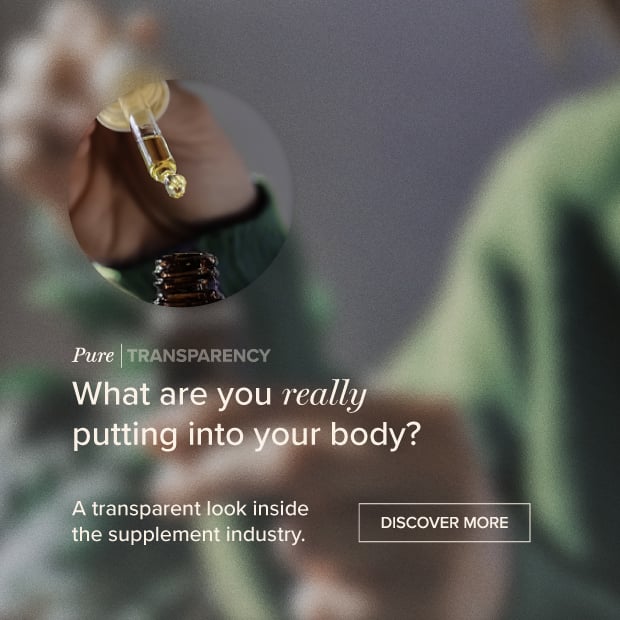What Are VOC's

Volatile organic compounds are a topic that everyone needs to learn about, as they are found in a multitude of household products, and are generally harmful to your health. Volatile organic compounds, more commonly known as VOC's, include a variety of chemicals found in many common products. VOC's are emitted as gases from liquids or solids and can have short and long-term adverse health effects on respiratory systems.
What Products Contain Volatile organic compounds?
- Cleaning Supplies
- Paint strippers
- Paints and lacquers
- Copiers and printers
- Glues and adhesives
- Air fresheners
- Photographic solutions
- Permanent markers
- Correction fluids
- Pesticides
- Carbonless Copy paper
- Carpet and rugs
- Building materials and furnishings
If you use regular paints, you need to properly dispose of any remaining amounts once a project is complete. Paints release VOC's not only while you are using them, but also when being stored. [1]
Alternatives to Products with VOC's
The danger of volatile organic compounds comes from many sources common in our daily lives. One of the many things that you can do to live green is use VOC-free paints, household furnishings and other non-toxic supplies. VOC-free paints are a perfect choice for painting in your home, as they are free from the noxious odors that are usually associated with outgassing. Regular paints, varnishes, and finishes release low-level toxic emissions into the air that may linger for years after any painting job is complete.
Check for VOC information before purchasing the above products, especially paint. The lower the VOC content, the safer the product is for your health. Of course, VOC-free is better, but if you cannot find those products, then at least purchase products with a low VOC number. The number ranges are from 5 to 200.
Concentrations of VOC's are Higher Indoors Than Outdoors?
The United States Environmental Protection Agency conducted a series of studies called the Total Exposure Assessment Methodology (TEAM), and found the levels of at least 12 commonly used volatile organic compounds to be two to five times higher in homes than outside. [2] It was initially hypothesized the urban or rural location of the home may be a contributing factor, however that aspect was shown to be unrelated.
Possible Symptoms of VOC Exposure
Most people are not even aware of this concern, even though most of us do realize that paint and varnish fumes usually produce unwell feelings. If you are concerned about volatile organic compound, and you should be, the following list should provide you with a good idea of just how serious an issue this can be.
- Headaches
- Nausea
- Cancer
- Dizziness
- Loss of coordination
- Allergic skin reaction
- Eye, nose, and throat irritation
- Damage to kidneys, liver, and the central nervous system
Switching to VOC-free paints is one way that you can help make a difference for the environment, and for your own personal health. Once you start to use VOC-free paints instead of the more traditional brands, you should immediately notice how much better the VOC-free paints are. VOC-free paints are odor free and have a durable surface that's easy to clean. Demand for VOC-free paints has been on the rise over the past several years; most major manufacturers now sell at least one type of VOC-free paint along with "regular" paints.
References (2)
- United States Environmental Protection Agency. An introduction to indoor air quality. Volatile Organic Compounds.
- United States Environmental Protection Agency. The inside story: a guide to indoor air quality. Publications and Resources.
†Results may vary. Information and statements made are for education purposes and are not intended to replace the advice of your doctor. If you have a severe medical condition or health concern, see your physician.

Dr. Edward Group, DC
FOUNDER | HEALER | ADVOCATEDr. Group, DC is a healer and alternative health advocate, and an industry leader and innovator in the field of natural health who is dedicated to helping others. He is a registered doctor of chiropractic (DC), a naturopathic practitioner (NP), and proud alum of Harvard Business School and MIT Sloan School of Management. Dr. Group, DC is the founder of Global Healing – a mission and vision he has shared through best-selling books and frequent media appearances. He aims to spread his message of positivity, hope, and wellness throughout the world.










